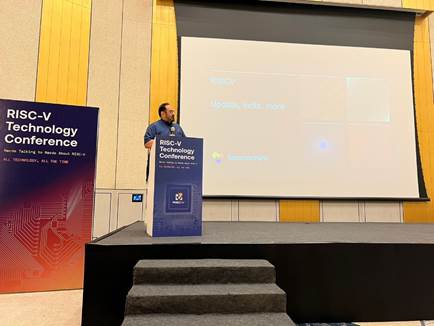Virtual reality doesn’t quite match up to the “reality” label without tactile sensations, but that might not be an issue for too much longer. Cornell scientists have developed a new form of stretchable skin sensor that uses fiber optics to provide a sense of touch. It’s inspired by silica-based fiber sensors that look for subtle wavelength changes to measure elements like temperature.In a prototype glove, each finger has a stretchable lightguide that combines one transparent polyurethane core as well as an LED-linked core loaded with absorbent dyes. When you deform the lightguide through bending your fingers or encountering pressure, the dyes serve as “spatial encoders” that light up and register exactly what’s happening (and importantly, where).
The technology is still quite rudimentary at the moment. The team’s glove is a 3D-printed one-off with Bluetooth, a battery and basic circuitry.The potential uses are clear, however. Future VR gloves (not to mention AR) could give you feedback when you touch and grab virtual objects. It might not perfectly mimic real life, but you’d at least know when you came into contact with something. It could also give robots a sense of touch that helps them react to their environment and better handle delicate objects. At this point, smell might be the only sense that’s conspicuously lacking in VR — and that might be coming sooner than you think.





